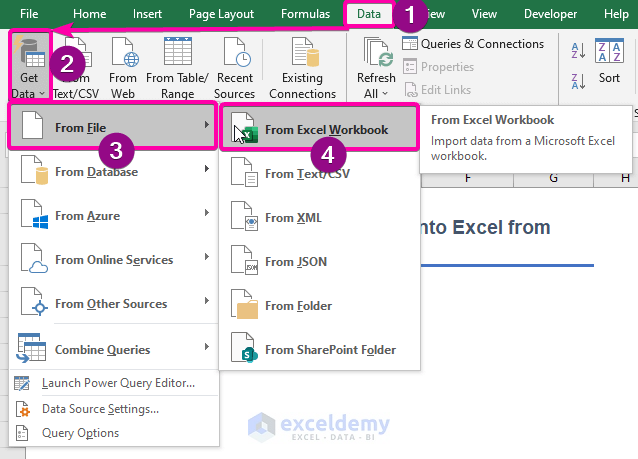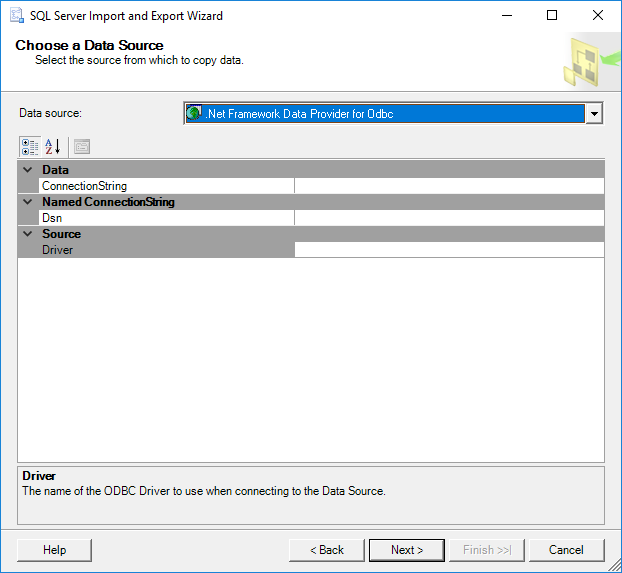Import Excel Sheet into Forms: Easy Guide

Importing data from an Excel sheet into digital forms can greatly streamline processes, saving time and reducing errors in data entry. Whether you're managing a small project or handling large datasets, integrating Excel with online forms is a skill worth mastering.
Why Import Excel Data into Forms?

- Increase Efficiency: Manual data entry is time-consuming and prone to errors. Importing data directly from Excel ensures accuracy and saves time.
- Data Consistency: Ensuring that data entered into forms is consistent with your pre-existing data in Excel helps maintain data integrity.
- Real-time Data: Updates in Excel sheets can be reflected in real-time in forms, keeping information current.
Preparing Your Excel Sheet

Before importing your Excel data into a form, ensure your spreadsheet is prepared:
- Structure: Your Excel file should have headers in the first row to define columns. Avoid using complex formulas as they might not translate well.
- Formatting: Keep cell formats simple, avoiding merged cells where possible.
- Data Validation: Check for and correct any errors, duplicate entries, or inconsistencies to ensure smooth import.
📋 Note: For large datasets, consider reducing the size by focusing only on necessary columns to speed up the import process.
Exporting from Excel

Excel provides several ways to export data:
- CSV (Comma-Separated Values): This is the most common format for form imports. Excel can easily save as .csv files which can be read by most form systems.
- XML (eXtensible Markup Language): While more complex, XML allows for more detailed data structure definition which some forms might require.
- Copy-Paste: For small datasets, copying data directly from Excel and pasting into the form fields might suffice.
Importing into Forms

Using Online Form Platforms

Many online form platforms support direct Excel import:
- Typeform, Google Forms, JotForm, Microsoft Forms: These platforms provide options to upload or import from Excel.
To import:
- Open your chosen form builder tool.
- Select the option to import data, usually found under settings or tools.
- Choose your Excel file or provide the URL where the file is hosted.
- Map Excel columns to form fields.
- Review and confirm the import, checking for any mismatches or errors.
Using Custom Forms with Tools like Google Sheets or Microsoft Power Apps

For custom solutions:
- Use Google Sheets' built-in forms or connect via Zapier/IFTTT for automation.
- Microsoft Power Apps can generate forms directly from Excel data.
Troubleshooting Common Issues

🛠️ Note: Data mismatch might occur due to format issues or headers not correctly mapped.
- Formatting Errors: Ensure cell formats in Excel align with the form fields' expected input formats.
- Data Validation: If your form has validation, check that all imported data meets these criteria.
- File Compatibility: Not all form systems support all Excel formats; CSV is widely accepted.
Recap

Importing an Excel sheet into digital forms revolutionizes data management by automating data entry, ensuring consistency, and providing real-time updates. Here’s what we’ve covered:
- Understanding the benefits of importing data from Excel into forms.
- Preparing your Excel sheet for a successful import.
- Choosing the right export format from Excel.
- Importing data into various online form platforms and custom tools.
- Troubleshooting common import issues.
Can I import data from Excel into any online form?

+
Not all online form services support direct Excel imports. Services like Google Forms, Typeform, and JotForm do, while others might only accept CSV files or have specific requirements.
What should I do if the data doesn’t match my form fields after import?

+
Review your Excel sheet’s format and column headers. Ensure they correspond to the form’s fields. Sometimes, manual adjustment or remapping might be necessary.
Is there a size limit for Excel files when importing?

+
Yes, most platforms have limits on file size due to processing constraints. Check your platform’s documentation for specifics.



